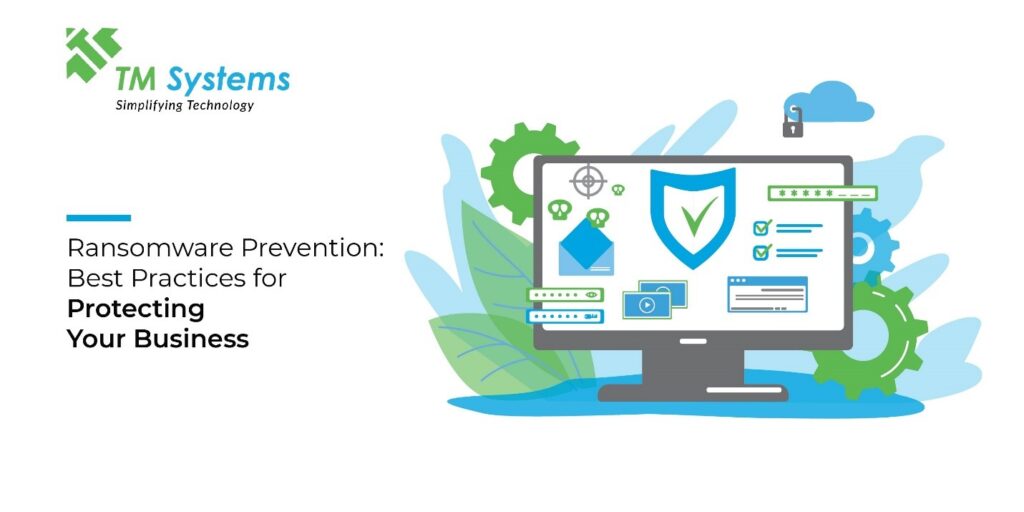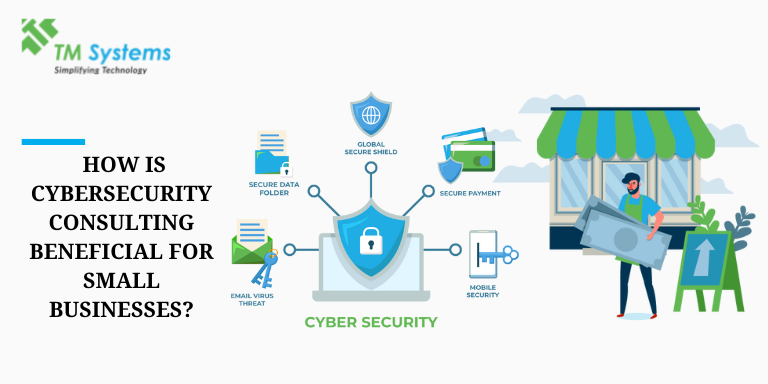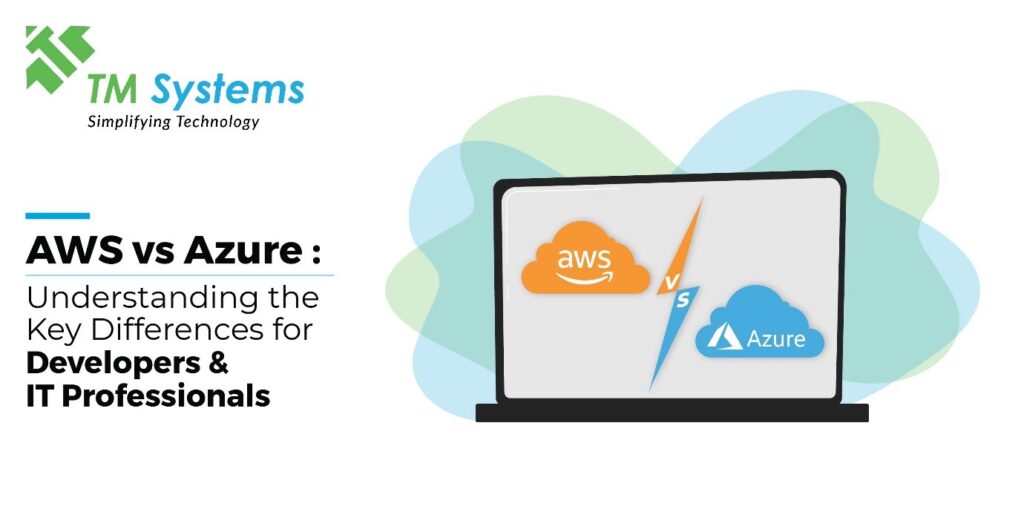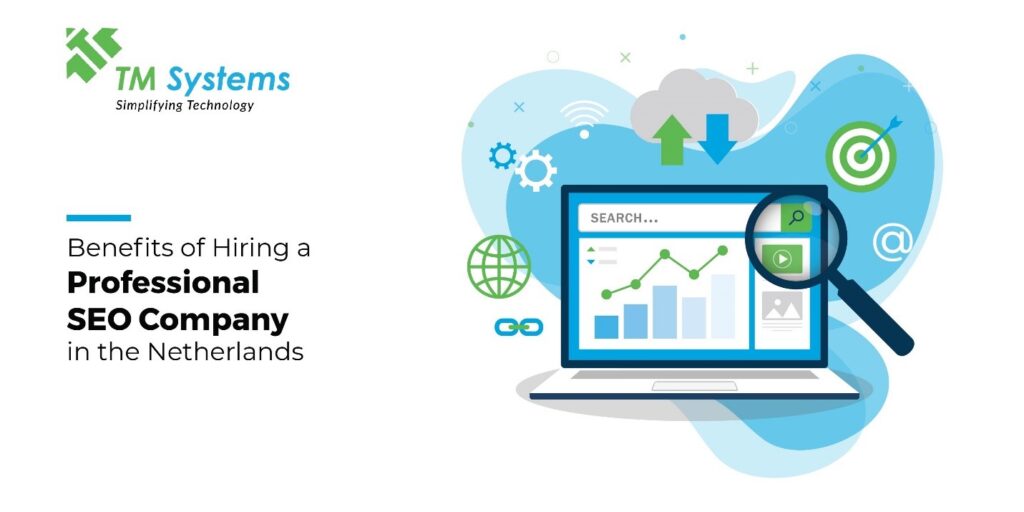
Ransomware Prevention: Best Practices for Protecting Your Business

Ransomware Prevention: Best Practices for Protecting Your Business
Ransomware is a complex type of virus that holds data hostage until a ransom is paid. It can be extremely dangerous for businesses because failure to comply can result in the disclosure or permanent loss of sensitive corporate information. If technology advances, so should the cybersecurity policies that protect it. Every individual or business should prioritize ransomware protection. Without it, poorly secured consumers and businesses risk losing sensitive and confidential information.
Ransomware can inflict significant harm to your business and reputation. It’s essential to be proactive with the finest ransomware protection practices before possible threats take advantage. Continue reading the article to learn what ransomware is and what preventive measures you can take to safeguard your business from any attacks or threats.
What is Ransomware
Ransomware is sophisticated malware that can infect a computer and keep sensitive data or personally identifiable information (PII) hostage until a charge, or “ransom,” is paid. To extort money from victims, cybercriminals frequently use an encryption key to restrict data access.
Ransomware attacks can be extremely harmful to businesses, hospitals, and other organizations that rely on such data on a regular basis. Failure to pay the ransom might result in the irreversible loss or disclosure of personal data in most circumstances.
Some of the most common ways for people to become infected with ransomware are as follows:
- Phishing emails
- Visiting corrupted websites (drive-by downloading)
- Downloading infected file extensions or malicious attachments
- System and network vulnerabilities
- Remote desktop protocol (RDP) attacks
Types of Ransomware:
Individual users as well as large corporations can be affected by ransomware attacks. This sort of malware can encrypt individual files, such as documents or images, as well as entire databases, resulting in massive data breaches or the disclosure of sensitive, personal information. There are 4 categories of ransomware:
- Encryption – This is the most common type of ransomware. This type encrypts files and data within a system, rendering the content inaccessible without a decryption key.
- Lockers – Lockers lock users out of their system completely, preventing them from accessing files and applications until a ransom is paid.
- Scareware – Scareware tries to scare users into purchasing unnecessary software by locking up their computer or, in some cases, flooding the screen with pop-ups that force the user to pay to remove them.
- Leakware/Doxware – Leakware threatens to disclose sensitive and confidential information online until the ransom is paid.
There are many ways in which you can protect your business from these malicious ransomware attacks. Follow these guidelines to prevent ransomware and lessen the damage if you are attacked.
- Backup your data – If you don’t want to be locked out of your important files and system, the best protection method is to back up your data on a cloud server or an external hard drive. The user has the option of wiping the system clean and reinstalling the backup files in the case of a ransomware attack.
The 3-2-1 backup rule is also the most effective and widely used method for dealing with ransomware attacks: keep three separate versions of data on two different storage types, with at least one offsite. - Secure your backups – Ransomware will look for backup data and encrypt or delete it, making it unrecoverable, so use backup systems that do not allow direct access to backup files.
- Always keep your systems and software updated – Ensure that all of your software—including your operating system, web browser, antivirus, and other software updated to the most recent version. You should make sure everything is upgraded and up to date because malware, viruses, and ransomware are constantly evolving with new variants that can get beyond your outdated security features.
- Use the best Antivirus software – The most popular defenses against attacks include ransomware protection software and comprehensive antivirus software. They are able to scan, detect, and respond to online threats. One thing to remember is to configure the firewall because the software only functions internally and can only identify an attack once it has already gotten into the system.
- Email Protection – Block malicious executables, spam, and other methods that are known to ransomware. Malware infections are typically spread through email phishing. Avoid clicking on unknown files or links from unauthorized sources.
- Limit User Access privileges – Reduce the number of access points via which malware might reach your business by using comprehensive access management to prohibit unauthorized access. By doing this, you can stop ransomware from spreading among the company’s systems.
- Separate networks – To stop ransomware from reaching the target data, each department should have its own security measures, firewalls, and exclusive access. Segmented network access will not only stop the threat from spreading to the main network, but it will also give the security team more time to locate, control, and get rid of the threat.
- Security Awareness Training – Every employee of a company should receive regular security awareness training so they can protect themselves from social engineering and phishing scams. Having a basic understanding of cybersecurity can strongly impact and even help to stop these attacks.
Effective ransomware preventative measures begin before any attacks take place. Protection against ransomware is important if any unforeseen incident or circumstance takes place and this you can prevent by performing backups of your files, installing powerful antivirus software and firewalls, and taking cybersecurity awareness training.




